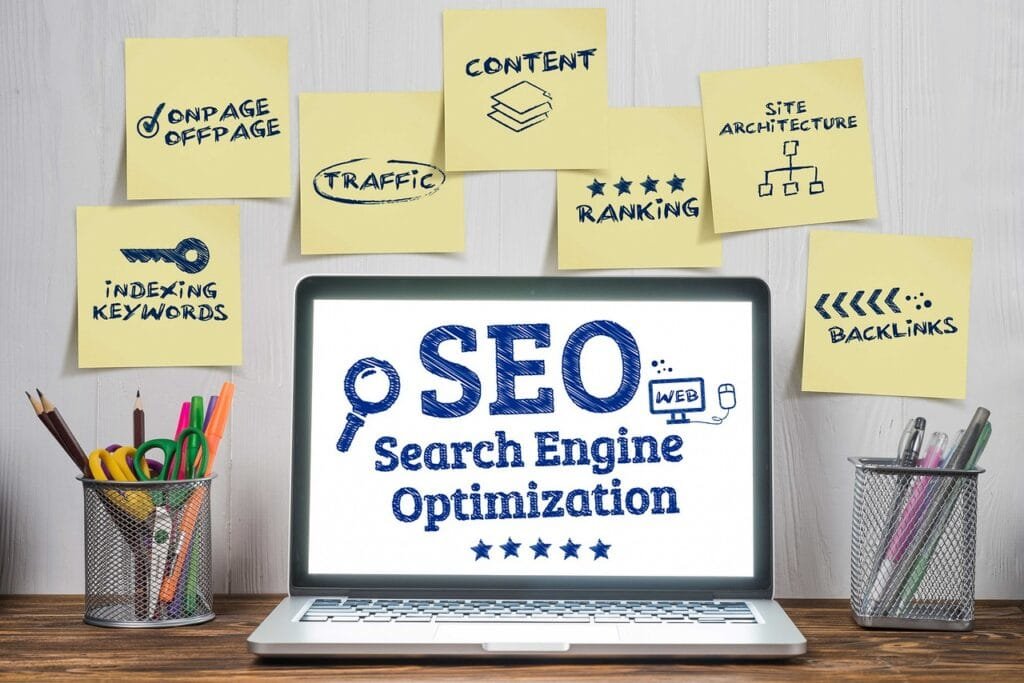What is Local SEO and How Can I Optimize for It?
Local SEO is a crucial aspect of search engine optimization that focuses on optimizing your online presence to attract more business from relevant local searches. This is particularly important for businesses with physical locations or those serving specific geographic areas. By leveraging local SEO strategies, you can enhance your visibility in local search results, ultimately driving more foot traffic and online conversions.
In this post, we’ll dive into what local SEO is, why it matters, and how you can effectively optimize your website for local searches.
What is Local SEO?
Local SEO refers to the process of optimizing your online presence to appear in local search results when potential customers search for products or services in their vicinity. This includes searches with location-specific keywords, such as “coffee shop near me” or “best pizza in [city name].” Local SEO strategies involve a mix of traditional SEO tactics, online directories, and specific local optimization techniques.
Why Does Local SEO Matter?
- Increased Visibility: With the rise of mobile searches, many consumers are looking for local businesses to meet their needs. Local SEO helps you show up in these searches, enhancing your visibility among potential customers.
- Higher Conversion Rates: Local searches often lead to higher conversion rates since users are usually looking for immediate solutions. For instance, a person searching for “plumber near me” is more likely to make a quick decision compared to someone searching for broader terms.
- Competitive Advantage: Many small businesses still overlook local SEO. By optimizing your presence, you can gain a competitive edge over businesses that have not implemented these strategies.
How to Optimize for Local SEO
Here are actionable strategies to help you optimize your website for local SEO:
1. Claim and Optimize Your Google My Business Listing
Your Google My Business (GMB) listing is one of the most critical components of local SEO. Here’s how to optimize it:
- Claim Your Listing: If you haven’t already, claim your business on Google My Business. Verify your listing to gain full control.
- Complete Your Profile: Ensure all information is accurate and complete, including your business name, address, phone number (NAP), website URL, hours of operation, and business category.
- Add Photos: Include high-quality images of your business, products, and services to make your listing visually appealing.
- Encourage Reviews: Positive customer reviews can enhance your visibility and reputation. Encourage satisfied customers to leave reviews and respond to them promptly.
2. Ensure Consistent NAP Information
Consistency is key for local SEO. Your NAP (Name, Address, Phone Number) should be uniform across all online platforms, including your website, social media profiles, and online directories.
- Check Local Directories: Ensure your business is listed in reputable local directories (e.g., Yelp, Yellow Pages) with the same NAP information.
- Correct Inconsistencies: Regularly audit your listings to identify and correct any inconsistencies.
3. Optimize Your Website for Local Keywords
Incorporating local keywords into your website content can improve your chances of ranking for relevant local searches.
- Keyword Research: Conduct keyword research to identify local search terms related to your business. Include location-specific keywords (e.g., “best bakery in [city]”) in your content, titles, and headers.
- Local Content: Create blog posts or pages focused on local events, news, or activities related to your industry. This can help establish your authority in the local area.
4. Create Location-Specific Pages
If your business operates in multiple locations, consider creating separate pages for each location.
- Individual Pages: Optimize each page with unique content, NAP information, and local keywords relevant to that specific area.
- Contact Information: Ensure each page includes a contact form and clear calls to action (CTAs) tailored to that location.
5. Build Local Citations
Local citations are mentions of your business on other websites, such as directories and review sites. Building citations can improve your visibility and credibility.
- Submit to Directories: List your business in local online directories, ensuring consistent NAP information. Focus on reputable directories relevant to your industry.
- Leverage Local Partnerships: Collaborate with local organizations, chambers of commerce, or community groups to get your business mentioned on their websites.
6. Optimize for Mobile
Since many local searches are conducted on mobile devices, having a mobile-friendly website is essential.
- Responsive Design: Ensure your website is responsive, providing a seamless experience across all devices.
- Fast Load Times: Optimize your site’s speed to prevent potential customers from leaving due to long loading times.
7. Leverage Social Media
Social media platforms can enhance your local presence and help you engage with your community.
- Create Local Content: Share posts related to local events, promotions, or collaborations to connect with your audience.
- Engage with Customers: Respond to comments and messages promptly, fostering a sense of community and encouraging customer loyalty.
8. Monitor and Analyze Your Efforts
Track the effectiveness of your local SEO strategies to make informed adjustments over time.
- Google Analytics: Use Google Analytics to monitor traffic sources, user behavior, and conversion rates. Identify trends in local traffic and adapt your strategies accordingly.
- Google Search Console: Monitor your website’s performance in search results and identify any issues that may affect your visibility.
Conclusion
Optimizing for local SEO is essential for businesses looking to attract nearby customers and enhance their online visibility. By implementing these strategies—such as optimizing your Google My Business listing, maintaining consistent NAP information, and creating location-specific content—you can significantly improve your chances of appearing in local search results.
Stay proactive, continuously monitor your performance, and adapt your strategies to succeed in the competitive local market. With the right approach, local SEO can drive foot traffic, boost conversions, and ultimately grow your business.
